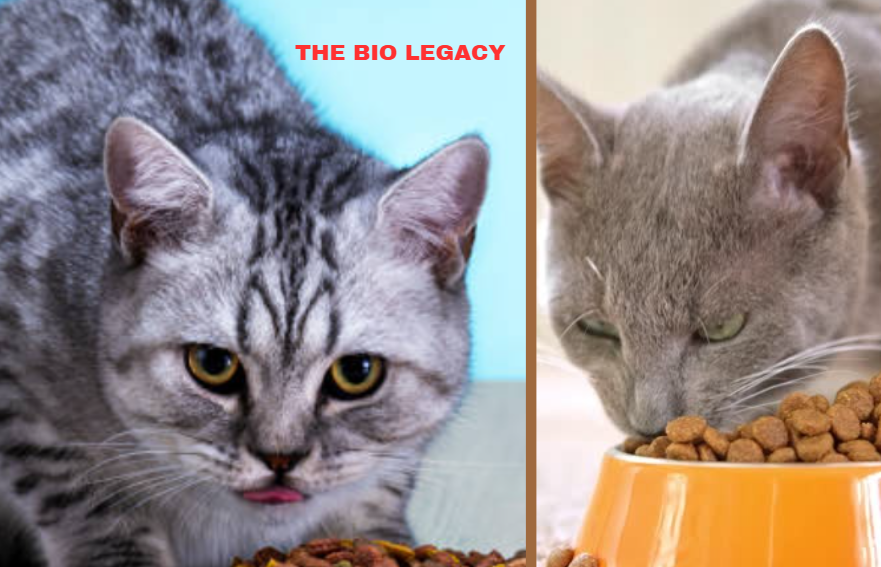Weight Management Cat Food: The Complete Guide for Healthy, Happy Cats
Maintaining a healthy weight is just as important for cats as it is for humans. Obesity in cats is becoming more common, and it can lead to serious health problems like diabetes, arthritis, and a shorter lifespan. Thankfully, weight management cat food has been specifically designed to help cats lose excess weight or maintain an … Read more

